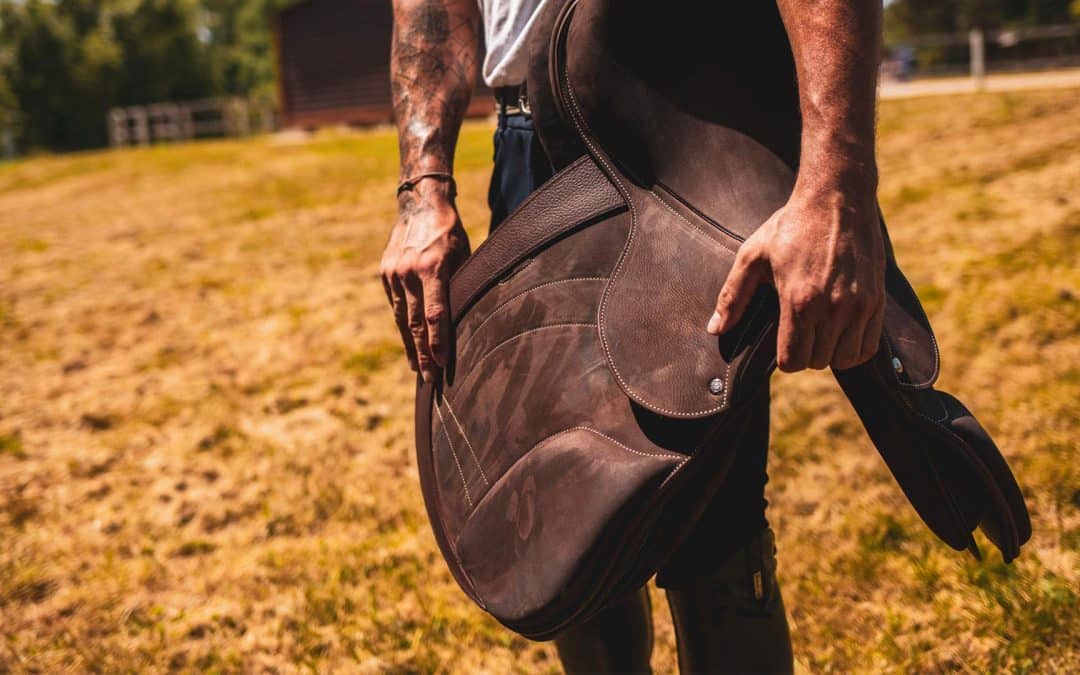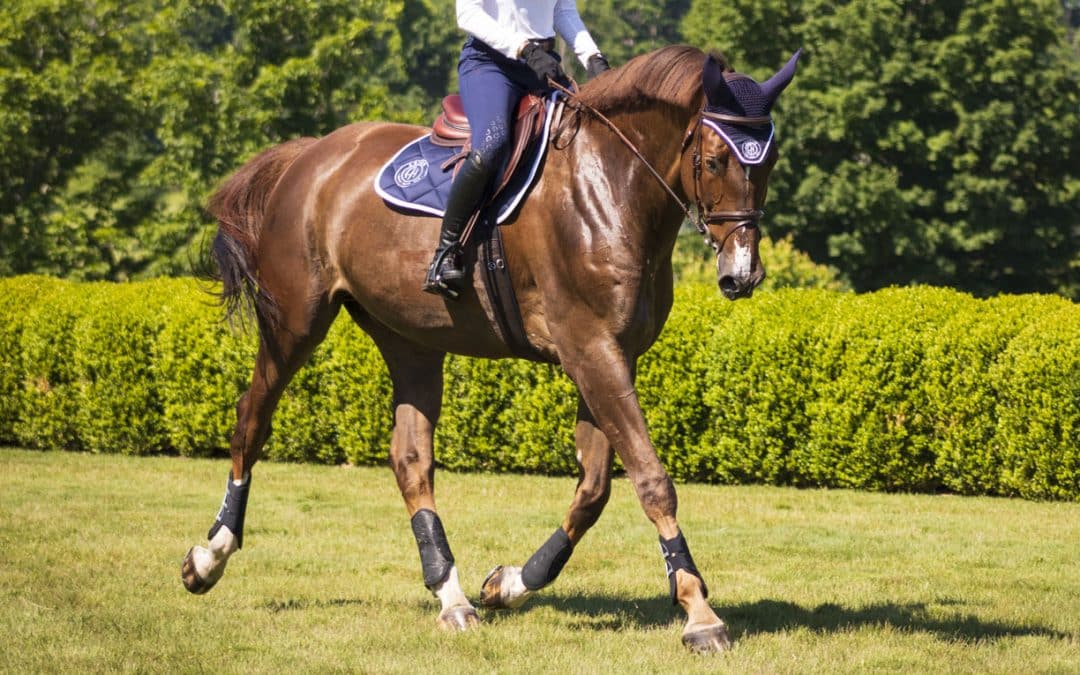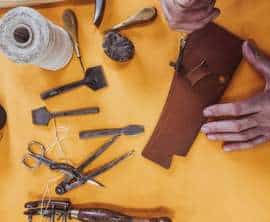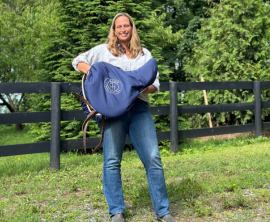Let’s go over some basics.
In classical riding, teachers and riders agree that a horse “on its haunches” is a horse in the right position. This is entirely true because the horse works in this way by soliciting its hindquarters, its motor.
However, anatomically, the horse carries nearly 60% of its weight on its forehand. Given the weight of the rider and the harness, the entire forehand must be free of any constraint.
However, many riders tend to place their saddle too far forward. This placement on the withers completely locks this hinge zone, which then loses all its flexibility.

















